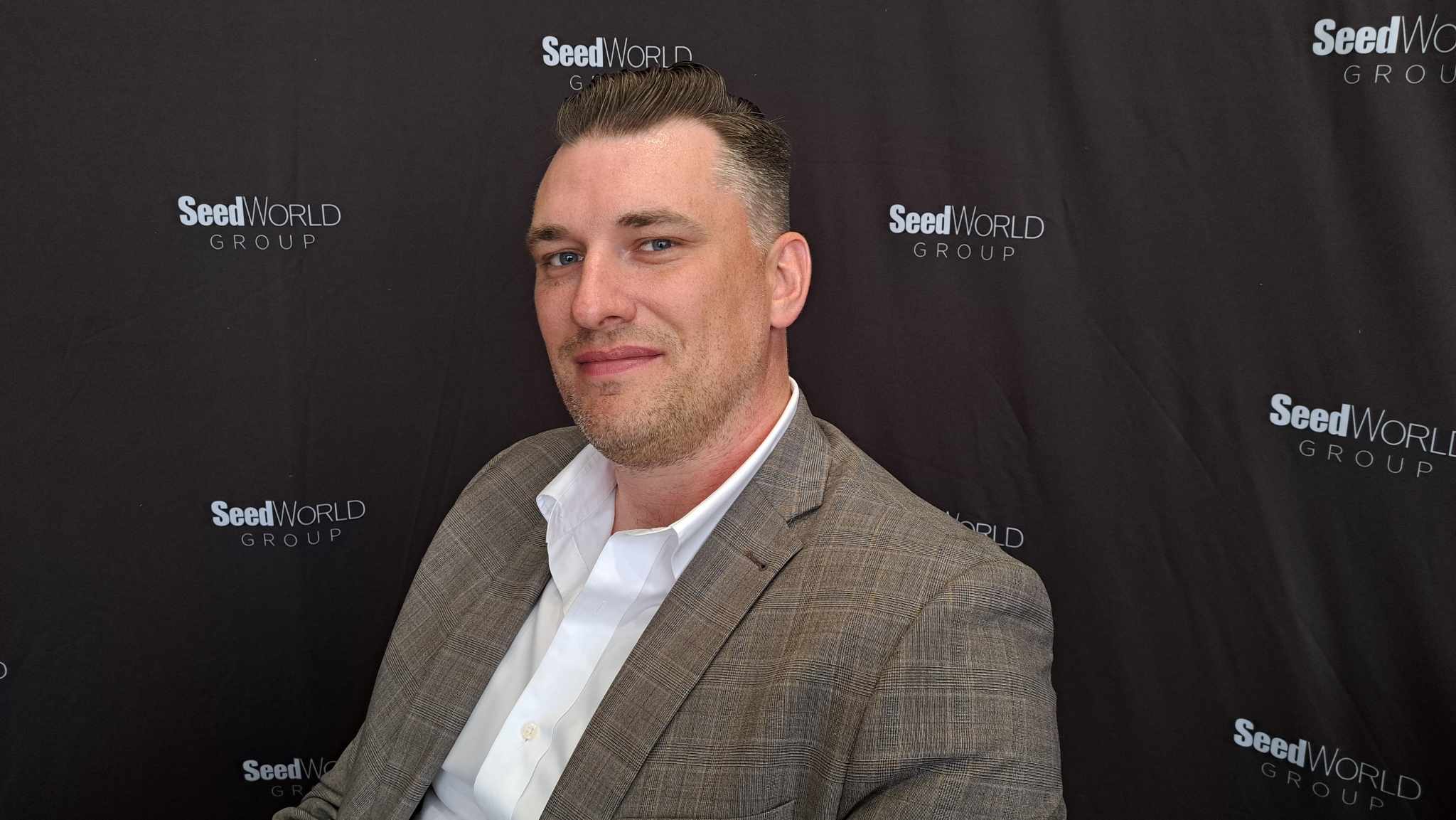The Seed Synergy Collaboration Project is exploring the enhancement of the client/member experience through an integrated system and processes, possibly including blockchain. Doug Miller of the CSGA and Richard Freeman of Ricoh chat with us about what that might one day look like for seed growers and others.
Germination: Hi Doug. With the Seed Synergy Collaboration Project ramping up and a white paper expected this coming fall, the industry is preparing for what is being termed a “Single Window” model — an efficient, streamlined and integrated system and processes that will provide access to information and services in one place. That’s much different than how the industry currently operates, with six separate organizations with different mandates operating independently of one another. Why a Single Window?

Doug Miller: Imagine going into your bank and having to go to a different teller for every kind of transaction. We wouldn’t accept that from a bank, so why accept it from the seed industry?
Germination: At the CSGA annual meeting in Montreal, Quebec, in July, you gave an in-depth look at what a single window system and modernized seed certification system might look like for the seed sector, particularly members of the CSGA. What is the Single Window and what is it intended to do?
Doug Miller: Under a single window, all facilities/services would be available in one place.
It would:
- Simplify processes
- Reduce burden/cost
- Eliminate duplicate/redundant data requirements
- Break down information silos
- Expedite information flow and decision making
Germination: What form would this take?
Doug Miller: A Single Window will essentially take the form of a centralized site for seed industry stakeholders, with access based on user profiles (breeder, seed grower, company, RSE, etc.), and will contain information such as:
- Variety-specific information (descriptions, production figures, royalty summaries, regulatory approvals)
- Forms, applications, standards, regulations, etc.
- Supporting documentation and test results (purity, germination, hybridity, phytosanitary certificates, etc.)
Germination: What are some practical uses of this?
Doug Miller: A Single Window gives us an opportunity to develop industry-enabled government systems. You’ve heard a lot of people talk about variety registration. Right now, it’s carried out in PDF form with the most recent improvement being dropdown menus. I think we can do better by incorporating this into the Single Window concept, so we have electronic forms that put data directly into the database. There’s potential to have tools like the following:
- Variety Registration Online Tool. Used to complete the variety registration application. Upon receipt, data would be made available to the CFIA Variety Registration Office for review and final determination. End Result: varieties being entered into certification faster and reduced duplicate data entry.
- Plant Breeders Rights Online Tool. Would work in a similar fashion to Variety Registration Tool. Possibility of linking variety registration process with PBR process — streamlining applications and reducing need for the same data to be provided through two different forms in two different databases that currently don’t talk to each other.
Germination: Isn’t there an online tool that already exists that we could use as a model?
Doug Miller: Yes. An application to become a Registered Seed Establishment (RSE) would be created that industry could access. CFIA would review the application and make a final decision. This would be an example of a system that is already in production at the Canadian Seed Institute and could act as a precedent.
Germination: Before we let you go — we’ve heard a lot about blockchain. What is it and how might it be used in a technological modernization/Single Window model?
Doug Miller: I’ll refer you to Richard Freeman, manager of professional services for Ricoh Canada, to shed some light on that.

Richard Freeman: In agriculture, blockchain promises to give you a definitive picture of your farm. Many farmers today use a combination of things to keep their data on record. These can include software, traditional paper filing systems, and even their own memory. These various recording methods differ in their effectiveness.
Germination: What are the potential benefits of this?
Richard Freeman: By providing one central source of farm data, blockchain helps to minimize record-keeping and the need to maintain record systems. Blockchain can really save time and energy. Most of the early uses of blockchain in ag involve supply chains, traceability and related issues; a blockchain ledger could keep a record of all data from planting, to harvest, to storage and right through to delivery. Software that uses blockchain will run the same as software and apps growers are using currently, so you may not even realize it’s blockchain at work.













